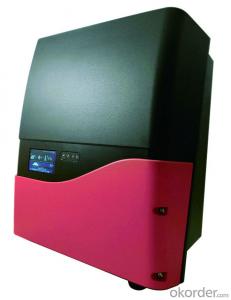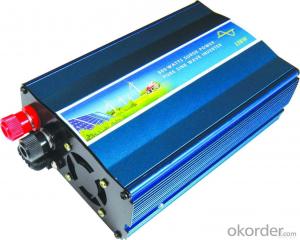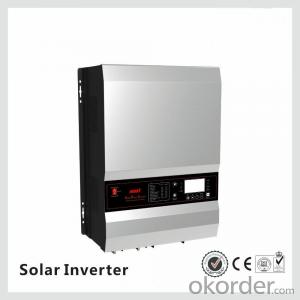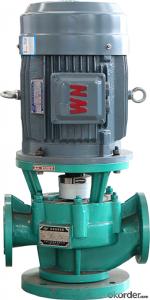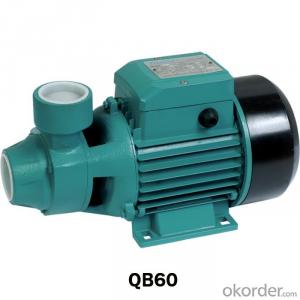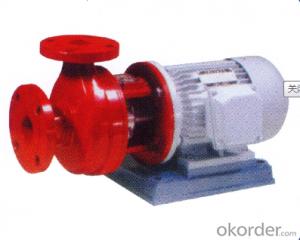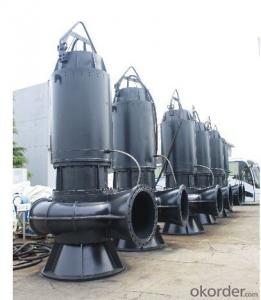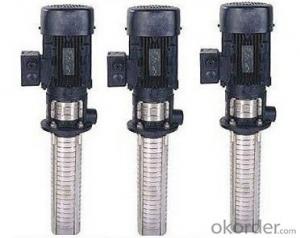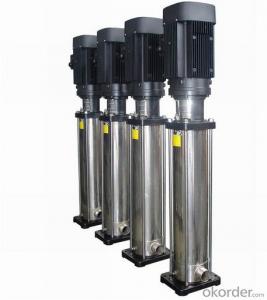Solar Power To Inverter
Solar Power To Inverter Related Searches
Solar To Inverter Solar To Battery To Inverter Solar Power To Ac Inverter Solar Panel To Inverter Convert Inverter To Solar Inverter For Solar Inverter For Solar Power Plant Solar To Inverter Connection Inverter For Solar Battery Inverter With Solar Input Solar Direct To Inverter Power Inverter For Solar Panel Solar Power Dc To Ac Inverter Inverter In Solar Inverter Power Solar Solar And Power Inverter Solar Power Inverter For Home Inverter With Battery Solar Inverter With Solar Panels Solar Power Inverter For House Inverter With Solar Panel Home Power Inverter For Solar 12v To 120v Solar Inverter Install Solar Inverter Solar Inverter For Battery Power Solar Inverter Solar Battery For Inverter Inverter With Solar System Inverter On Solar Panel Inverter With Solar ChargerSolar Power To Inverter Supplier & Manufacturer from China
Solar Power To Inverter is a crucial component in the renewable energy sector, which converts the energy generated by solar panels into usable electrical power for homes and businesses. These inverters play a significant role in harnessing solar energy efficiently, making them an essential part of any solar power system. The product's primary function is to transform the direct current (DC) produced by solar panels into alternating current (AC), which can be utilized by various electrical appliances and devices.Solar Power To Inverter finds its application in a wide range of scenarios, from residential rooftop installations to large-scale solar farms. They are used in both grid-tied and off-grid systems, catering to the needs of various consumers. In grid-tied systems, the inverter ensures that the excess solar power generated can be fed back into the grid, while in off-grid systems, it provides a reliable power supply to homes and businesses that are not connected to the main power grid. This versatility makes Solar Power To Inverter a popular choice for those looking to harness the power of the sun.
Okorder.com is a leading wholesale supplier of Solar Power To Inverter, offering a vast inventory of high-quality products to cater to the growing demand for renewable energy solutions. With a commitment to providing reliable and efficient inverters, Okorder.com ensures that customers have access to the latest technology in solar power conversion. Their extensive inventory and competitive pricing make them a go-to source for businesses and individuals seeking to invest in sustainable energy solutions.
Hot Products



























